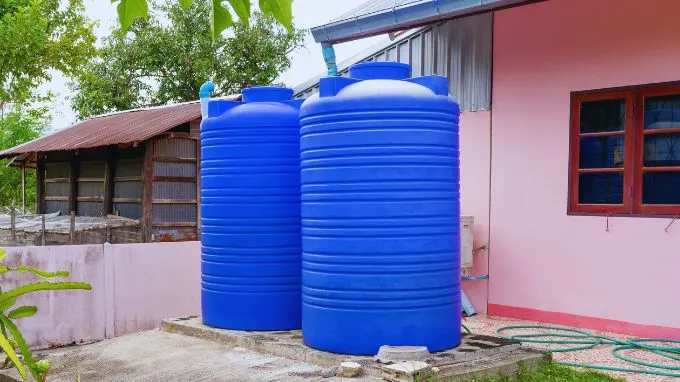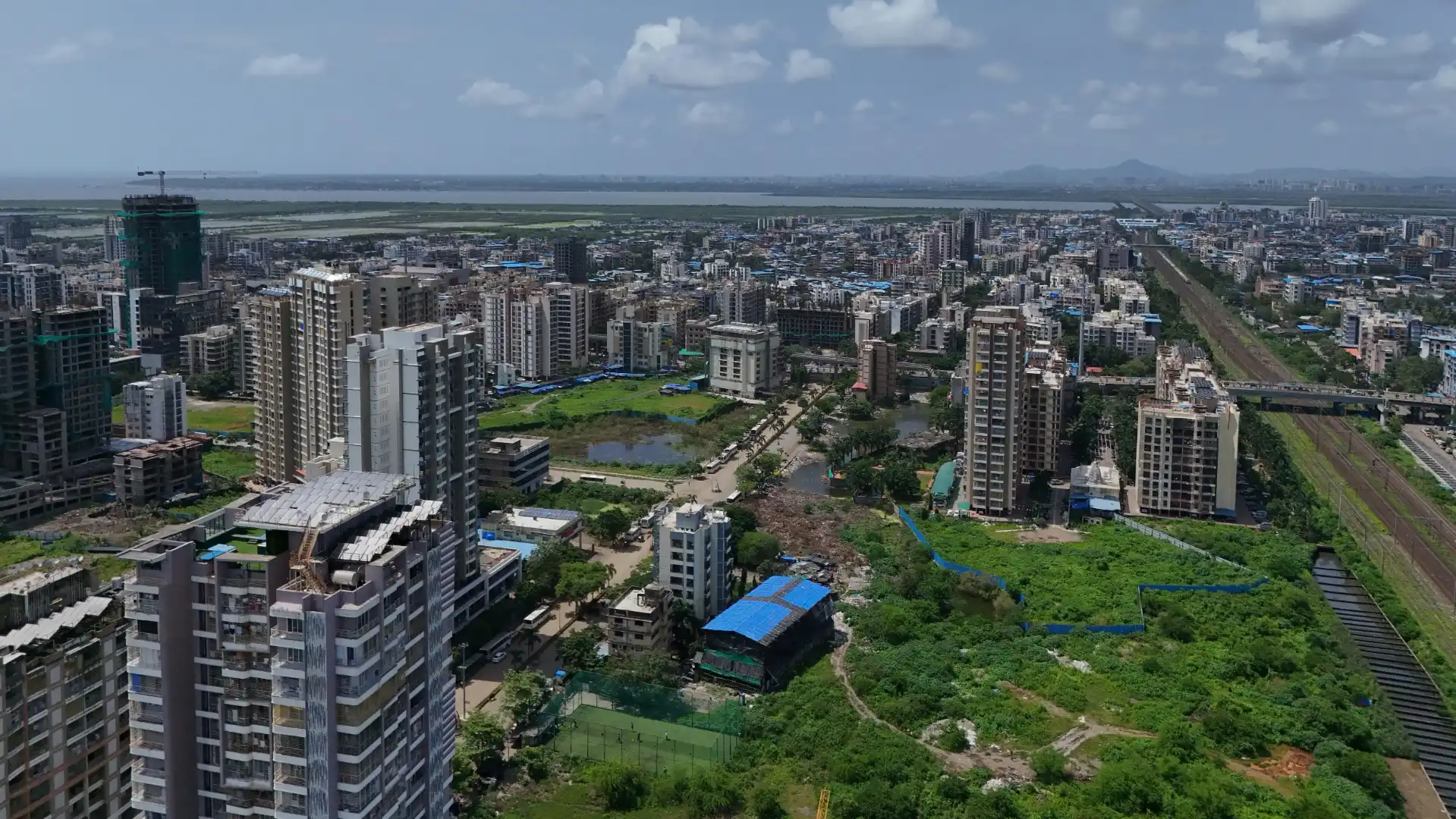Table of Content
When I first started learning about Vastu Shastra, I never imagined something as ordinary as an overhead water tank could influence a home’s energy, prosperity, and even the health of the people living in it. Like most homeowners, my focus was on interiors, colour palettes, and furniture layouts. But over time, I realised that Vastu is about much more than aesthetics, it’s about how every element in your home affects the flow of positive energy.
One of the biggest lessons I’ve learned is that the placement of your overhead water tank can make a real difference. A wrongly positioned tank can lead to financial strain, recurring health problems, and emotional unrest. Thankfully, the good news is that if your tank is in the wrong place, Vastu has practical remedies that can help restore balance without the need for major renovations.
Why Overhead Water Tank Placement Matters in Vastu
In Vastu Shastra, water is a symbol of wealth, abundance, and life. But here’s the interesting part, overhead tanks aren’t considered just “water elements.” Because they’re heavy and placed high above, they take on the qualities of the earth element. That means their placement can either strengthen the stability of your home’s energy or disrupt it completely.
From my experience, a correctly positioned tank creates a feeling of balance and security in the home. It supports steady finances, keeps the household in good health, and promotes peace of mind. But if placed incorrectly, it can lead to unnecessary challenges, almost like a silent drain on your home’s prosperity.
Also Read: Money Plant Vastu Tips: Best Directions, Do’s & Don’ts for Positive Energy
Ideal Direction for Overhead Water Tank as per Vastu
Here’s what I’ve learned (and seen work in real homes):
- Best Position – West or Southwest
These directions provide the strength and stability that an overhead tank needs. Because these zones relate to the earth element, placing a heavy water tank here actually harmonises with Vastu principles and keeps your home’s energy grounded. - Alternative – Northwest
This is acceptable if you don’t have the option of placing it in the west or southwest. Just make sure the tank is smaller than usual and at least a few feet away from the wall to avoid structural strain.
Pro Tip from My Side: Always keep the tank on a solid, level platform. A tilted or unstable tank isn’t just bad for Vastu, it can also cause leaks and maintenance headaches down the line.
Overhead Water Tank Placement Based on House Facing
One thing I always check during a Vastu consultation is the direction the house faces. The ideal placement changes depending on orientation:
- East-facing house – I recommend placing the tank in the north or west. This balances the freshness of morning sunlight with the calming influence of water.
- West-facing house – Best in the east direction to balance the water element with the airy energy of the east.
- South-facing house – Works best in the south, which can boost prosperity when balanced correctly.
- North-facing house – Avoid placing the tank in the north. Instead, go for southwest or west for stability.
Places Recommend Avoid for Overhead Water Tank
Some locations just don’t work well according to Vastu, and I’ve seen the effects first-hand:
- Under the stairs – Can cause mental pressure and recurring health issues.
- Centre of the home (Brahmasthanam) – This is the energy hub; a tank here blocks the natural flow.
- Above puja or meditation rooms – Disrupts spiritual harmony.
- Above the main entrance – Brings instability and unwanted obstacles.
- Under beams – Traps negative vibrations and creates a feeling of heaviness.
- Cluttered surroundings – Energy can’t flow freely if the area is messy.
Also Read: Shubh Muhurat for Property Purchase in 2025: Month-by-Month Guide
Remedies Suggested for Incorrect Placement
If your tank is already in the wrong spot, don’t panic you don’t always have to move it. Over the years, I’ve used these remedies with good results:
- Zinc helix or zinc pyramids – Great for neutralising the negative effects.
- Light, calming colours – Paint the tank cream, white, or light green to soften the energy.
- Vastu pyramid – Placing one near the tank helps to balance and harmonise vibrations.
- Yantras – I often recommend the Shri Yantra or the Ganesh Yantra for prosperity.
- Regular cleaning – A clean tank ensures fresh energy and prevents stagnation.
Final Thoughts
Placing your overhead water tank as per Vastu may sound like a small detail, but from my own practice and experience, I can tell you—it makes a difference. Whether you’re building a new home or living in one for years, getting this placement right can improve your family’s health, financial stability, and overall happiness.
In Vastu, it’s often the subtle changes that bring the biggest results. Paying attention to something as overlooked as your water tank might just be the step that shifts your home towards a more balanced and prosperous future.
Follow AquireAcers Whatsapp Channel to Stay Updated With The Latest Real Estate News













Ans 1. Because overhead tanks are heavy, they carry the earth element’s stability along with water’s flow. The right placement supports prosperity and health, while the wrong one can cause financial and emotional imbalances.
Ans 2. West or southwest is ideal as it aligns with the earth element’s strength. If not possible, northwest can work for smaller tanks placed slightly away from walls.
Ans 3. Never place it under stairs, in the centre of the house, above puja rooms, above the main entrance, under beams, or in cluttered spaces.
Ans 4. Use zinc helix or pyramids, paint the tank in light calming colours, place a Vastu pyramid nearby, install yantras like Shri Yantra, and keep the tank clean to maintain positive energy flow.
Ans 5. Yes, colours influence the energy a tank radiates. Light blue, cream, or white are calming and promote positive vibrations, while dark or dull colours can stagnate energy.
Ans 6. It’s generally better to have one main tank in the correct Vastu direction. If two are unavoidable, their placement should still follow Vastu principles to prevent energy conflicts.
Ans 7. Vastu strongly advises against placing heavy structures in the northeast, as it can block the flow of positive energy and create imbalances in health and finances.
Ans 8. The centre, known as the Brahmasthan, should be kept open and free from weight. Placing a tank here can disturb the house’s energy field, causing disharmony.